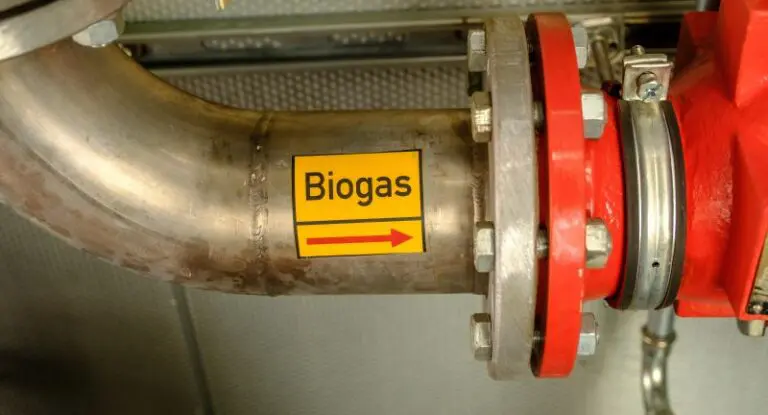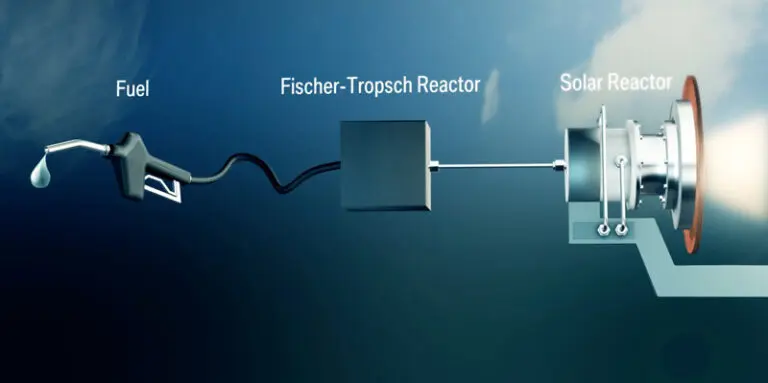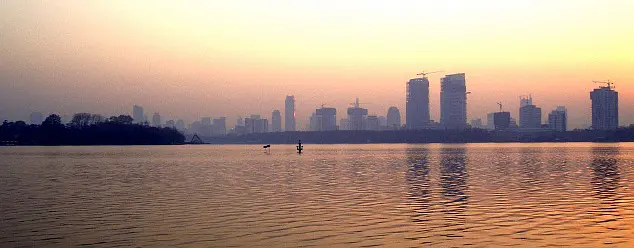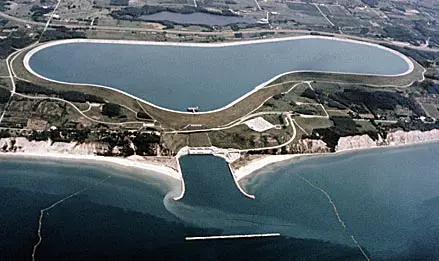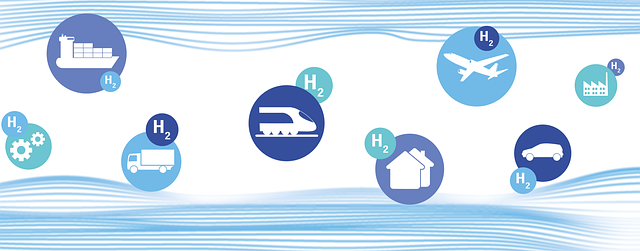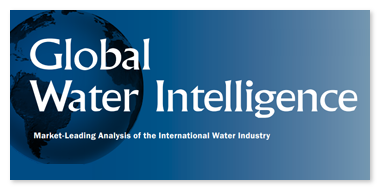A technology developed with industry in mind
By Hubert Kerneïs
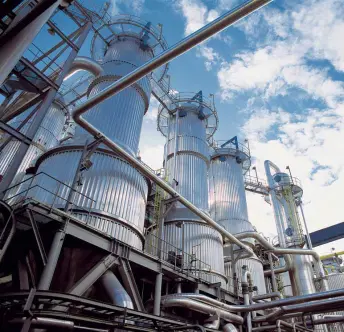 Now more than ever, the time is ripe for technologies that meet the demands of industrial firms, which are Under increasing pressure to protect water resources and raw materials more effectively. These technologies help to reduce environmental impact—by improving performance and recovering resources—and to optimize production costs, by boosting productivity.
Now more than ever, the time is ripe for technologies that meet the demands of industrial firms, which are Under increasing pressure to protect water resources and raw materials more effectively. These technologies help to reduce environmental impact—by improving performance and recovering resources—and to optimize production costs, by boosting productivity.
© Confab / VWS BRASIL LTDA
One of the cutting-edge technologies developed in recent years is Veolia Water’s HPD® evaporation and crystallization process. Its main advantage is that by separating the liquids in effluent from the solids, the latter become recoverable materials.With 800 such industrial facilities in 30 countries, including Spain, Brazil, Indonesia and New Zealand, Veolia Water is now seen as one of the three global leaders in this field. New orders for this technology represented €440 million in sales in 2012, a record year.
In the agricultural industry, where demographic pressure is increasing the demand for manures and fertilizers—the global market for potash has increased by 50% since 2009—the HPD process has enabled the Spanish fertilizer specialist, Iberpotash, to recover 750,000 metric tons a year of food-grade and chemical salts (mainly used for salting roads) from production residues and 50,000 metric tons a year of white potash.
In the south of Canada’s Saskatchewan province, in what is set to become one of the largest potash plants in North America, the subsidiary of K+S Potash, one of the world’s leading players in fertilizers, has chosen to incorporate evapocrystallization into its processing sector to maximize potash production. The facility Veolia Water is currently developing for the company will reach its full capacity—2.86 million metric tons of the valuable material per year—in 2023.
Still in Canada, but turning to bituminous sands, one of the largest players in the sector has made use of the technology in northern Alberta, to recycle and recover 40,000 barrels per day (6,350 cubic meters per day) of the water used in its production process.
Recycling process water is an increasingly important issue for industry players everywhere, like in Brazil. The Brazilian firm GDK, for example, has signed a contract with Veolia Water Solutions & Technologies to build a plant for petrochemical giant Petrobras, Fafen-SE, in Sergipe state (Nordeste). Veolia will provide basic engineering and supply equipment for ammonium sulfate production. Following a reaction between ammonia and waste sulfuric acid from the nearby refining activities, the plant will use crystallization technology to produce 875 metric tons a day of fertilizer products.
- Salt and soda ash industries
Treatment of effl uent and recovery of resources like sodium chloride - Recycling and waste management industries
Treatment of leachate - Oil & gas industry
Treatment of refinery effluent - Mining and metal industries
Treatment of mining solutions - Potash and fertilizer industries
Treatment of effl uent and recovery of resources like potassium salts, nitrates, potash and phosphorus - Energy industries
Ethanol/biofuels - Paper industry
Concentration of black liquor
Goals
- Eliminate pollutants
- Recover resources
- Recycle water
Four possible benefits of the system
- Treat effluent in order to discharge a minimum amount of concentrate to specialized facilities.
- Treat effluent for reuse in the industrial process, thereby discharging a minimum amount of concentrate to specialized facilities.
- Treat effluent for discharge into the natural environment and recover concentrate.
- Treat effluent for reuse and recover concentrate.



